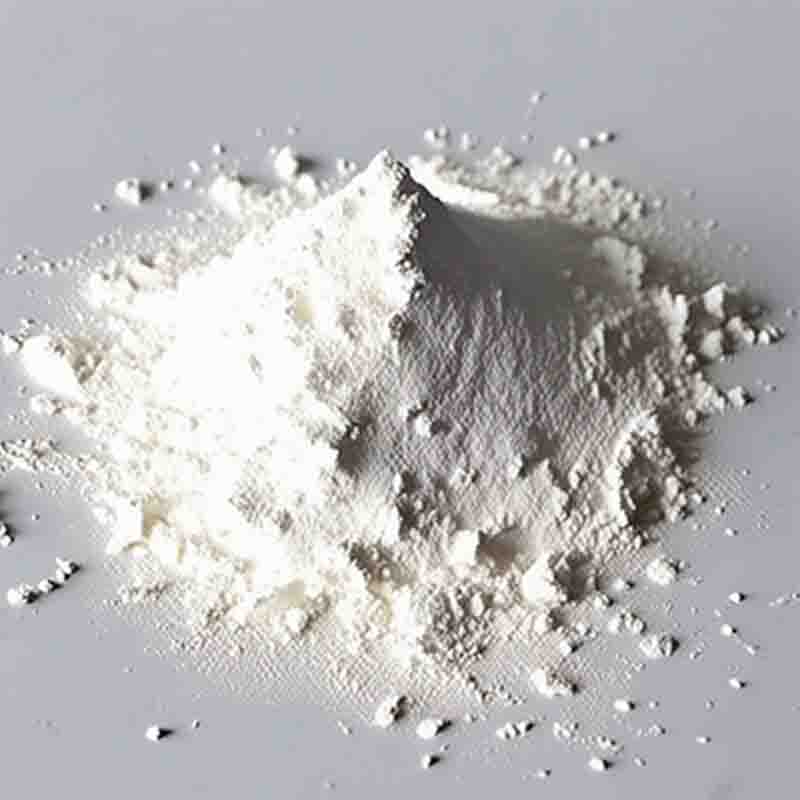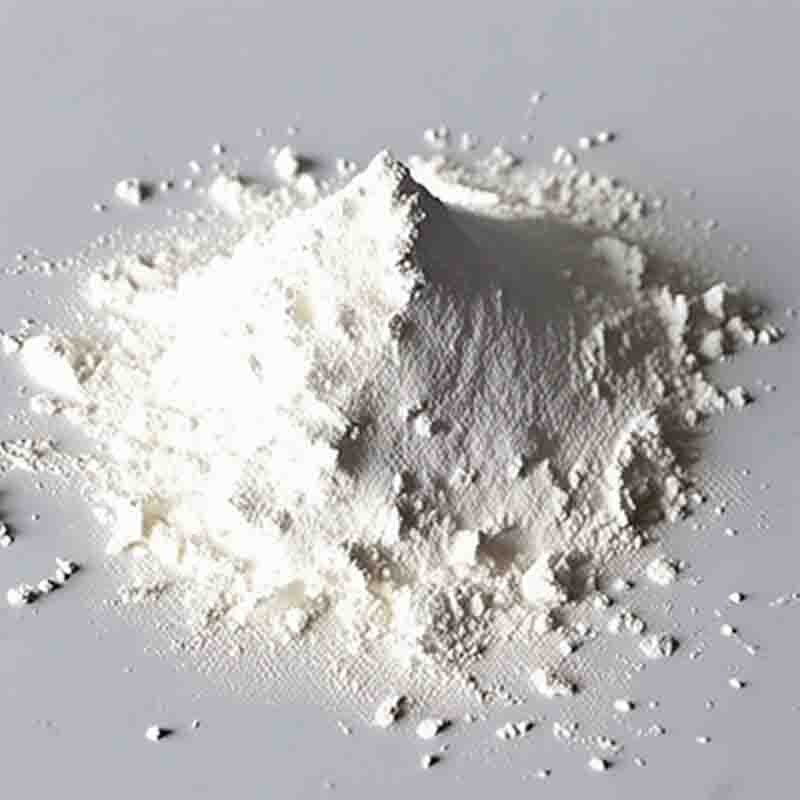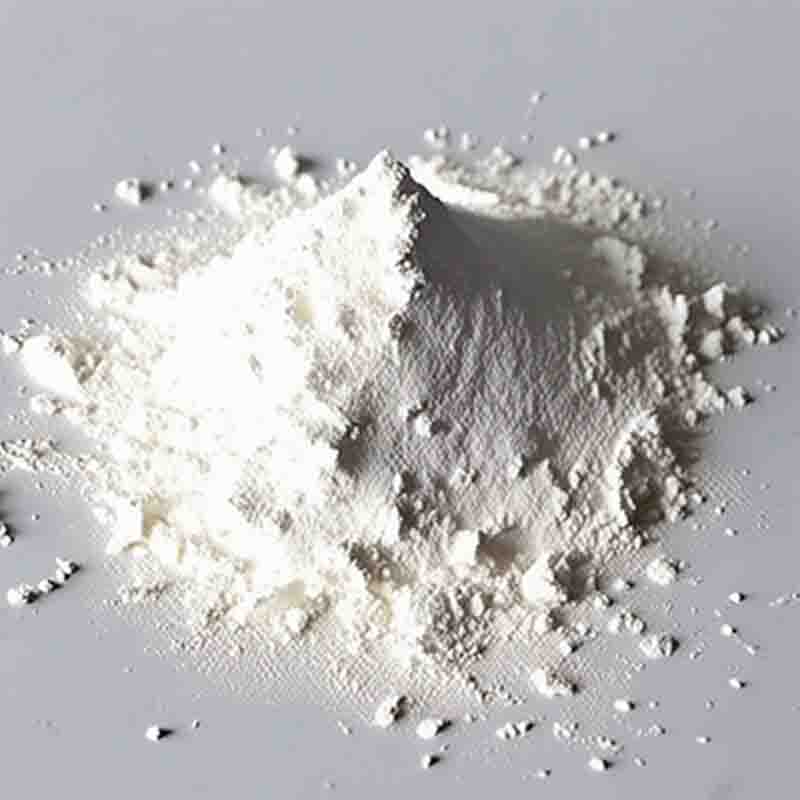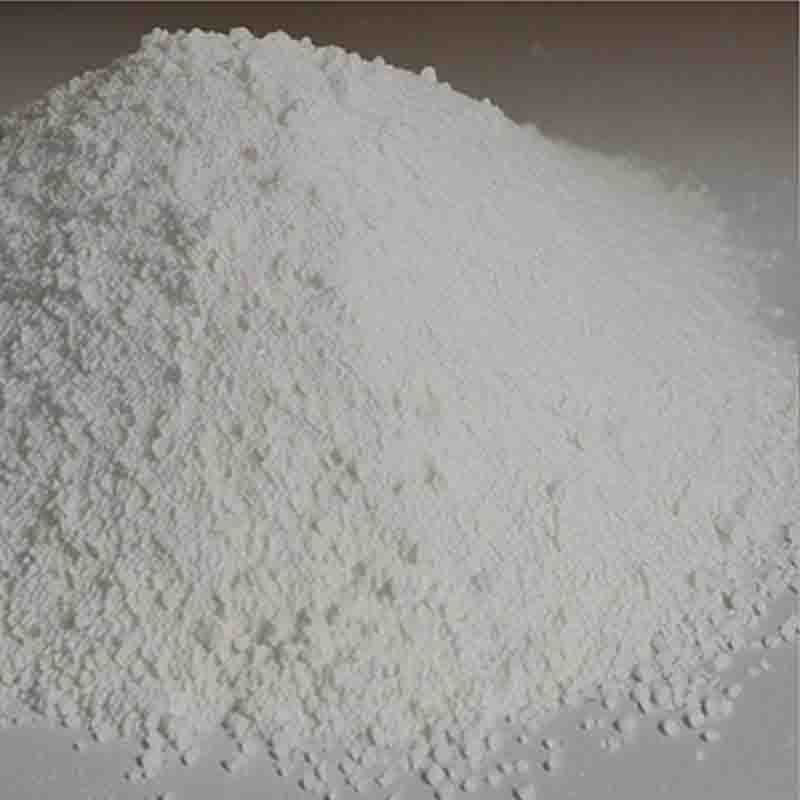Palladium(II)-ammonium chloride CAS: 13820-40-1
| Catalog Number | XD94443 |
| Product Name | Palladium(II)-ammonium chloride |
| CAS | 13820-40-1 |
| Molecular Formula | Cl4H4NPd- |
| Molecular Weight | 266.26 |
| Storage Details | Ambienta |
Product Specification
| Appearance | White powder |
| Assay | 99% min |
Palladium(II)-ammonium chloride, also known as Pd(NH4)Cl2, is a coordination complex that contains a palladium(II) ion coordinated with chloride ligands and ammonium ions. This compound has diverse applications in catalysis, particularly in various organic transformations.One significant use of Pd(NH4)Cl2 is in the Heck reaction. The Heck reaction is a palladium-catalyzed carbon-carbon coupling reaction that involves the coupling of an aryl or vinyl halide with an alkene or alkyne, resulting in the formation of a new carbon-carbon bond. Pd(NH4)Cl2, in conjunction with a suitable base and ligand system, serves as a catalyst to facilitate this reaction. The ammonium ions in Pd(NH4)Cl2 provide stability and solubility to the palladium complex, allowing for efficient catalysis. The Heck reaction finds extensive application in the synthesis of pharmaceuticals, agrochemicals, and other fine chemicals.Furthermore, Pd(NH4)Cl2 is employed in the Suzuki-Miyaura coupling reaction. The Suzuki-Miyaura coupling is another palladium-catalyzed cross-coupling reaction that involves the coupling of an organoboron compound with an organic halide, typically an aryl or vinyl halide. Pd(NH4)Cl2, along with a suitable base and ligand system, acts as a catalyst in this transformation. The coordination of Pd(NH4)Cl2 with the reactants facilitates the necessary oxidative addition, transmetallation, and reductive elimination steps, leading to the formation of new carbon-carbon bonds. The Suzuki-Miyaura coupling is a powerful tool in the synthesis of pharmaceuticals, natural products, and other complex organic molecules.In addition to cross-coupling reactions, Pd(NH4)Cl2 is utilized in various other catalytic transformations. It can be employed in the catalytic hydrogenation of carbon-carbon double or triple bonds, enabling the reduction of these unsaturated compounds. The palladium(II) ions in Pd(NH4)Cl2 are capable of activating molecular hydrogen, and the coordinated ligands assist in the insertion of hydrogen into the carbon-carbon bond, leading to its reduction. This catalytic hydrogenation process is valuable in the synthesis of fine chemicals, pharmaceutical intermediates, and various industrially important compounds.Moreover, Pd(NH4)Cl2 can be used as a catalyst in other carbon-carbon bond-forming reactions, such as the Mizoroki-Heck reaction, Sonogashira reaction, and Buchwald-Hartwig amination. These transformations allow for the construction of complex organic structures with high efficiency and selectivity.In summary, Pd(NH4)Cl2 is a versatile catalyst in various organic transformations. Its applications in cross-coupling reactions, hydrogenation, and other processes enable the synthesis of complex organic molecules with high efficiency and selectivity. The coordination of the palladium(II) ion with chloride ligands and ammonium ions provides stability and solubility to the catalyst, facilitating the necessary chemical transformations. Pd(NH4)Cl2 is a valuable tool in organic synthesis, finding applications in the pharmaceutical industry, fine chemicals synthesis, and other fields requiring efficient carbon-carbon bond formations.









